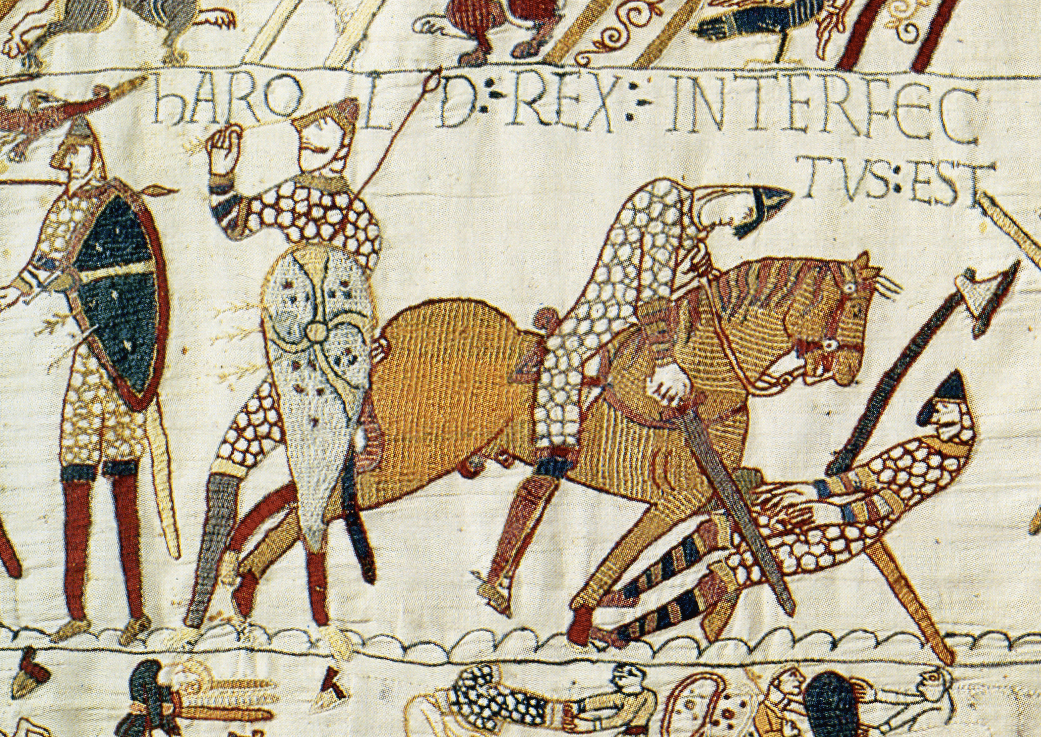I am in the midst of a juxtaposition of information that would have amused my dad. Dad loved history and knowledge. He and I used to joke about how I could only remember when his birthday by associating it with the fact the day, October 14th, was also the day of the Battle of Hastings in 1066. He loved this!

He also undoubtedly would have had some wry pronouncement about Columbus Day being “observed” on the second Monday of October rather than on the anniversary of Columbus’ landing on what the Spanish called San Salvador. This small island in the Bahamas is also known as Watlings Island.
Dad and I shared a type of intellect that focuses on the interrelations of things. Words, history, and ecology all were parts of the same process to us: life. Maybe this mega or meta worldview came from being a farmers for generations, or from our family coming from Anabaptist roots that recognized the interplay of community, technology, and politics on a very personal level. Maybe it was both of these and a thousand other things that created a heritable mesh of nature, and nurture, expressed in both of us. I think he knew how like him I was. I was 29 when he died from a brain tumor, and being so young, I had not really realized how alike we were. I did not know him when he was 29. I wasn’t born until he was in his early 40s. So I didn’t really come to know him, not really, until after he was deceased and I was close to the he was when I was born.
Whatever the case, if Dad was alive today, he would be 102 years old and I know we would be discussing Columbus and the ever-increasing evidence that the Catalan Captain was far down the list of discoverers , when it comes to Europeans setting foot in the “New” World, that it wouldn’t even be worthy of note had his landing not signaled the coming invasion and genocide from Spain and Catholicism. He would have loved the “chicken connection” in the current discussion. While not our only livestock, we did have up to 1000 hens at any one time on the farm. Those chickens help prove that others came from many places long before Columbus, including Polynesia.
Findings published in Christopher Columbus: The DNA of his writings explain that although he wrote in Castilian it was certainly not his first language and his origins are pinpointed to the Aragon region because of the grammar and the way he constructed sentences.
So the first thing my Dad would do with this information is make some sort of inappropriate joke involving southern European ethnic groups. Dad always thought Columbus was Italian. My Dad was a product of the rural early 20th Century. Cultural sensitivity was not high on the list of social expectations.
The second thing he would do would be to begin to wax eloquent about people meeting Columbus showing how the whole “discovery” thing was a cockamamie cover-up of other migrations to the Americas, and just the Southern European take on things. Even in the 1960s when I was a little kid in grade school pre-Columbian northern European contact was discussed. Even little kids were taught about Leif Erickson. The various bits of information that show pre-Columbian contacts with other parts of the world in both trans-Atlantic and trans-Pacific exchanges of information, plants, and animals as shown by a long list of evidence such as:
The sweet potato is a plant native to the Americas, and its pre-historic presence in Polynesia is a long-standing anthropological problem. — Modeling the prehistoric arrival of the sweet potato in Polynesia Álvaro Montenegro in Journal of Archaeological Science Volume 35, Issue 2, February 2008, Pages 355–367
But plants might have floated from South America to Polynesia despite the currents and winds flowing in the opposite direction, right? So how did chickens get to coastal Chile? Well, no one knows exactly because science cannot prove, it can only disprove. But the evidence as first presented in “Radiocarbon and DNA evidence for a pre-Columbian introduction of Polynesian chickens to Chile” (Read and download PDF.) shows that chicken bones found in the archaeological site of ElArenal-1, on the Arauco Peninsula of Chile, that are from AD 1000 – 1500, seem to be from the same genetic population as chickens from Polynesian archaeological sites from the same time period and differ from other populations. These are the earliest known chickens found in the Americas. This particular journal article also summarizes other known evidence for pre-Columbian contact including:
- the presence of the South American sweet potato (Ipomoea batatas) in pre-European archaeological sites in Polynesia, most notably from Mangaia, Cook Islands, where it is dated indirectly to AD 1000
- Linguistic and archaeological evidence suggest that the bottle gourd (Lagenaria siceraria), also from the Americas, was present in Eastern Polynesia before AD 1200
- Voyaging from Polynesia to the Americas has been proposed in relation to linguistic and archaeological evidence for the occurrence of some watercraft, namely sewn plank canoes, and fishhook forms found in southern California which resemble Polynesian types.
- Sewn plank canoes have also been documented in Chile by ethnographers and claims have been made suggesting artifactual and linguistic evidence for Polynesian influence in the Mapuche region of south central Chile
- Computer simulations suggest that voyaging eastward from Polynesia in the southern hemisphere where the mid-latitude westerlies are more accessible, is a more likely prospect than a northern route to the Americas
Leave a Reply